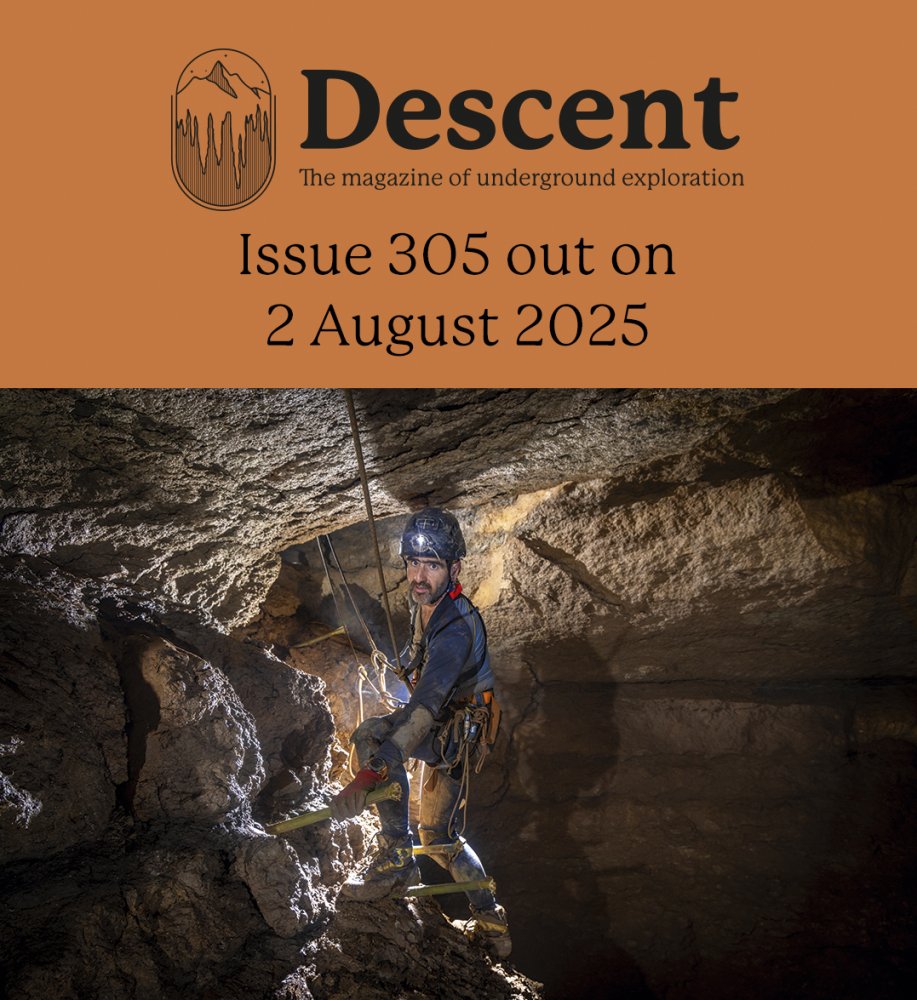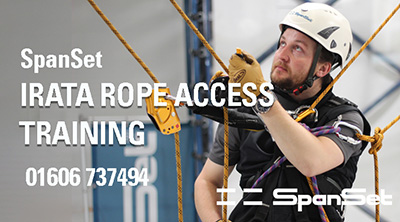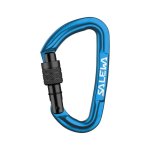One of the uses of snap gates on rebelays can be to clip into them with a rope from petzl stop and pull yourself during rebelay, in order to unweight the cowtail (far easier than using rebelay loop). But I guess you can do that with the cowtail carabiner as well.
I assume that is why odd anchors in the Berger were set up that way when Andrew was there - saves time & energy, which is important on a long trip.
Choice of rigging krab depends on which factor is most important in keeping you safe, climbers use snaplinks where minimising energy expenditure is of the essence & lower anchors should catch them if first one fails. Cavers can generally afford more time (as hanging in the harness not from their fingertips), plus several people are likely to be relying on those points. On the cliff mentioned previously, everyone would presumably be able to see the orientation of the clips before starting & if necessary they could be corrected from above at any point.
Snaplinks became popular on cavers' cowstails as locking ones can refuse to open (especially if metal dented), take longer to clip in if they've closed themselves whilst on harness, not shut properly if gate has rotated whilst open, difficult to operate in mud / grit (& earlier designs were heavier).
More recently various failure modes of snaplinks have been highlighted & we have greater choice in designs of krabs, so some of those issues have been lessened & there's been a move back to having at least one locker on cowstails.
It also depends what role your cowstails are performing, on many traverses they are a fall restraint, so not likely to unclip under normal circumstances. Occasionally they are a fall arrest (particularly if your waist is above the line) & that's when you definitely want a locking krab. Snaplinks don't unclip themselves if they are kept below the point they are attached to.
[On a side note: Snaplinks have been known to annoyingly attach themselves to ladders, but were still very useful for resting on long climbs]






